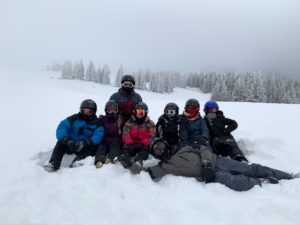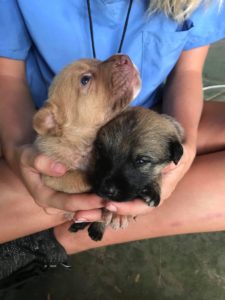As I approach my fourth semester of veterinary school, I have thought a lot about what has helped me come this far.
Veterinary school is definitely a huge change from my days as an undergraduate, not only in schedule but also workload; initially, it was kind of a culture shock.
Although, I worked hard to make the transition as seamless as possible, I realize what has really made the biggest difference is the friendships I have made in my class.
Coming into veterinary school, I knew a few people from undergrad who would be in my class.
But as the first semester progressed, I started to become close to many more people.

It is pretty inevitable, considering we spend almost 40 hours a week together in class, but it almost felt like being back in high school, when you had the same classes all day, everyday with your friends.
But what really helped me form the closest friendships was the countless hours we would spend studying together. Not only does it help to share knowledge and study guides and quiz each other, but it also makes the whole process less painful.
Now, it is tradition for my groups of friends to study together the night before every test.
After fall finals, my friends and I decided to reward ourselves by taking a trip to Colorado.
We went skiing and snowboarding, rode snowmobiles, tubed, and generally spent a week just hanging out with each other.
This trip made me realize that I don’t think I have ever gotten so close to a group of people so fast. Not only do they help pass the time in class or make studying more bearable, but they are also an important support system, because we are all going through the exact same thing together.
I’m not sure I would have made it this far if it weren’t for the friends I have made here.

 This summer I had the opportunity to go on a World Vets trip to the Dominican Republic.
This summer I had the opportunity to go on a World Vets trip to the Dominican Republic.